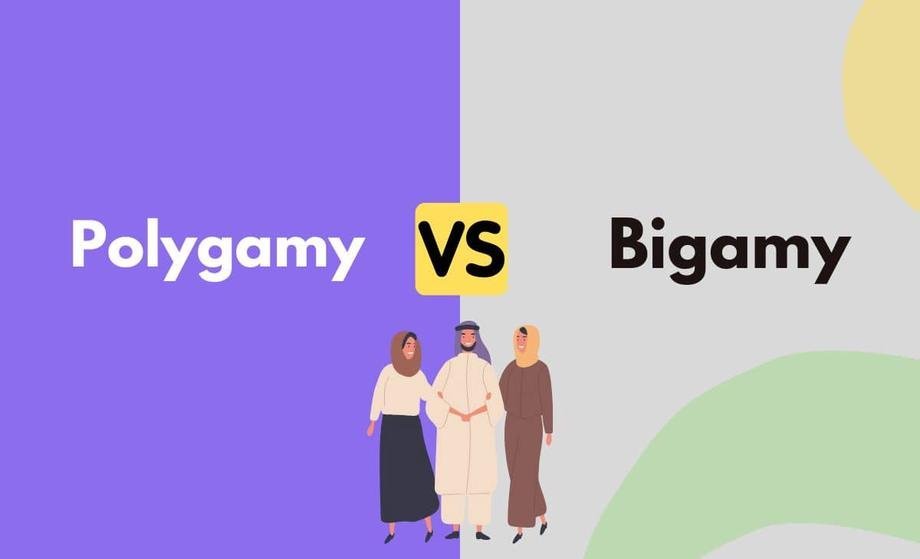Bigamy vs. Polygamy:- In the realm of romantic partnerships, traditional concepts of monogamous unions are being increasingly challenged, giving rise to various alternative marriage arrangements. Two such unconventional practices are bigamy and polygamy.

This article delves into the intricacies of bigamy and polygamy, highlighting their differences, examining related practices, and shedding light on other non-traditional marriage arrangements.
What Is Bigamy?
Bigamy is a unique form of marriage where one party enters into a marriage ceremony with another person while legally married to someone else. This act, whether intentional or unintentional, is widely considered illegal, with severe consequences varying by state. Bigamy can be consensual, where all parties are aware of and agree to the arrangement, or unintentional, often resulting from incomplete divorce proceedings.
People engaged in bigamy can face legal repercussions, making it crucial to understand the complexities surrounding this unconventional practice. Despite its legal standing, instances of bigamous unions persist, raising questions about the motivations and dynamics involved.
What Is Polygamy?
Polygamy, on the other hand, is a broader concept involving the union of three or more people in marriage. This form of marriage, while rare globally, encompasses various arrangements beyond the traditional notion of a man having multiple wives.
Polygamy can include polygyny (one man, multiple women), polyandry (one woman, multiple men), and group marriages where multiple individuals form a marital-like agreement.
Polygyny, specifically, has historical roots in various cultures, including ancient Chinese, Hebrew, Hindu, and Arab societies. It may arise due to imbalances in gender ratios, religious beliefs, or societal needs during times of war. The practice has persisted in certain regions, such as the “polygamy belt” in West and Central Africa.
Major Differences Between Bigamy and Polygamy
While both bigamy and polygamy involve multiple partners in a union, key differences set them apart:
1. Level of Awareness for the Spouses:
– In polygamous unions, spouses are typically aware of each other’s existence and consent to the arrangement, often cohabitating.
– Bigamy, however, often involves one or both parties being unaware of their partner’s other marriage, potentially leading to a double life.
2. Legal Classifications:
– In some countries, polygamy may be legal for men, with marriages occurring sequentially over time.
– Bigamy, however, involves simultaneous marriages, and such ceremonies are widely viewed as illegal.
3. Style of Living:
– A bigamist typically maintains two separate households for each partner.
– Polygamists may live together in one household, accommodating all spouses.
4. Influence of Religion:
– Polygamy may be culturally or religiously accepted in certain societies.
– Bigamy, while it may temporarily occur within a polygamous marriage, lacks cultural backing and is generally not recognized in religions.
Other Similar Marriage Arrangements
Beyond bigamy and polygamy, various other unconventional marriage setups challenge the norms:
1. Group Marriages
– Rare and economically motivated, group marriages involve several males and females joined together as husbands and wives.
2. Open Marriage
– Partners in an open marriage mutually agree to have extramarital relationships with full knowledge and consent.
3. Ethical Non-Monogamy
– Polyamorous relationships acknowledge the possibility of loving more than one person simultaneously, embracing diverse relationship structures like hierarchical poly, triads, quads, and more.
Conclusion (Bigamy vs. Polygamy)
The landscape of romantic partnerships is evolving, and diverse marriage arrangements challenge the conventional understanding of monogamy. Bigamy and polygamy, along with other non-traditional practices, highlight the intricate ways individuals navigate their relationships.
Understanding the nuances of these arrangements allows for a more comprehensive exploration of the spectrum of human connections beyond traditional norms.